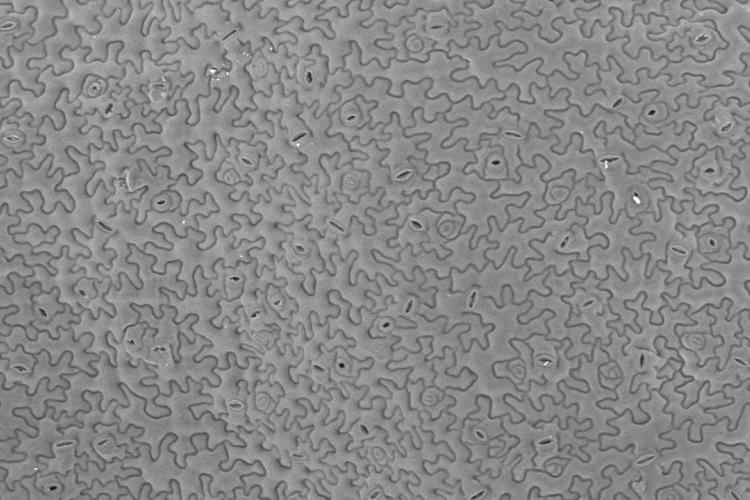Plants have developed various cellular, physiological and morphological solutions to deal with changing environmental conditions. To tightly control gas and water vapor exchange between the plant body and the environment, pores bordered by two guard cells on the epidermis of aboveground plant organs, called stomata, fine-tune the exchange rate by well-regulated stomatal opening and closing to facilitate physiological processes such as photosynthesis and transpiration.
Several environmental signals affect stomatal dynamics: light induces stomatal opening to allow CO2 uptake (but excess light leads to stomatal closure), darkness promotes stomatal closure to limit transpiration and save water during non-photosynthetic periods, heat induces opening to stimulate leaf cooling, drought induces closure to prevent water loss, elevated CO2 induces closure to prevent water loss, and the presence of bacteria and fungi induces closure to prevent penetration.
We explore how the high temperature signal is perceived and transmitted to regulate stomatal aperture, also in combination with other stress conditions.
